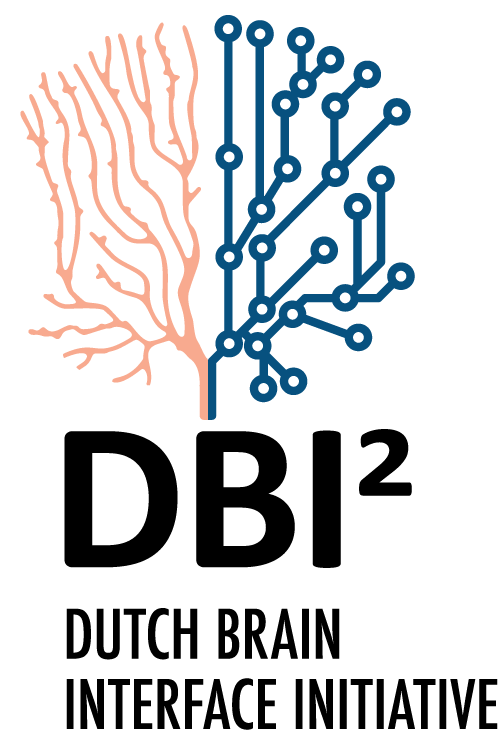Aims of Computational methods area
The neuroscientific aims and application of novel neurotechnology raise major challenges at the level of implementing, validating, and developing computational methods. Using recent advances in theoretical neuroscience and machine learning, we will build integrated software-hardware systems that can address a large array of neuroscientific issues at different spatial scales, ranging from single synapses to brain-wide distributed networks. The teams in this area will work towards a fuller description of information processing in the brain and towards the development of tools allowing for meaningful manipulation and control of neural activity at different levels. The aim is to deliver fundamental insights in neuroscience using animal models like rodents and nonhuman primates, while also developing robust theoretical and algorithmic solutions for clinical applications that can restore neural function in patients. To foster significant advances in the field of brain-machine interfaces, the Computational methods team works closely with the Neuroscience and Neurotechnology hardware teams, providing a bridge between biological processes and the development of neural devices.
Research topics related to the Computational methods area are the following:
- Feature extraction of neural and behavioural data
- Neural manifold reconstruction and characterisation of neural dynamics
- Building mathematical models of neural activity supporting various components of cognition (e.g. perception, memory, motor abilities etc.)
- Development of methods for efficient control of closed-loop stimulation
